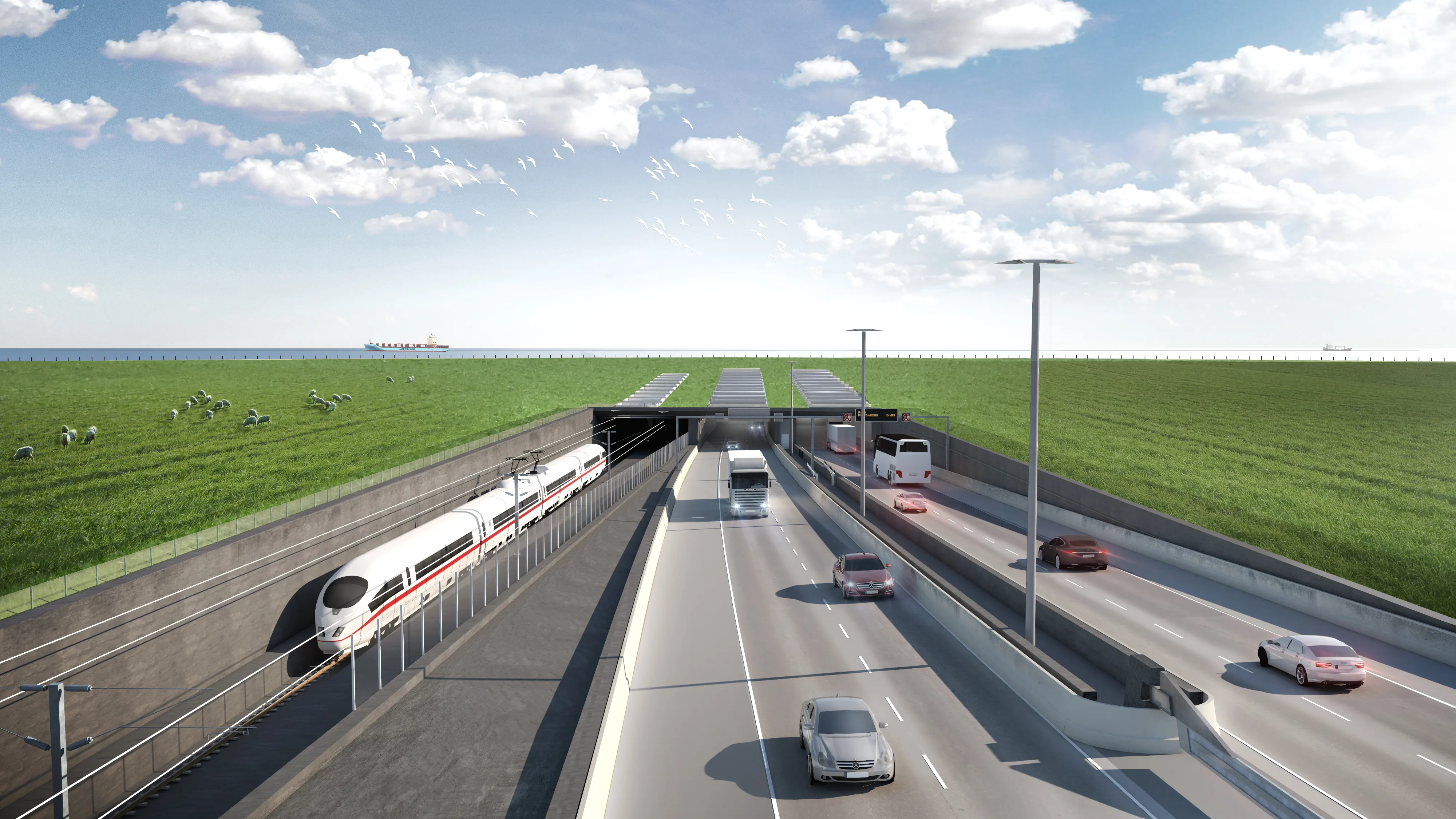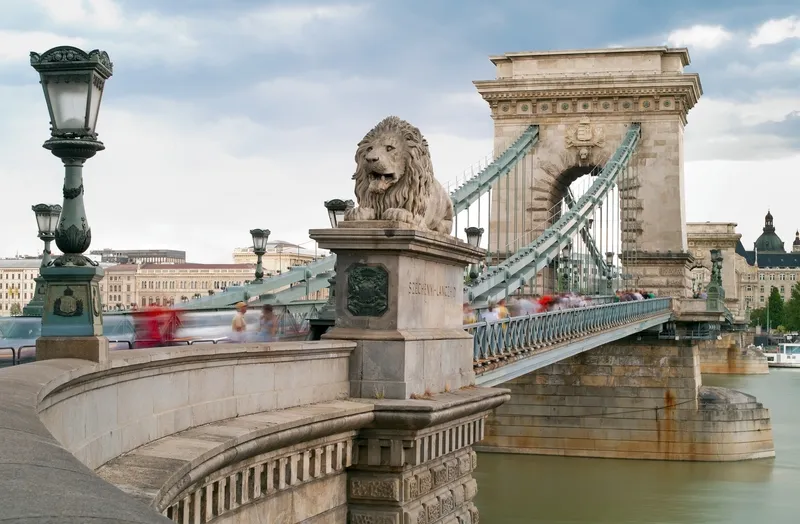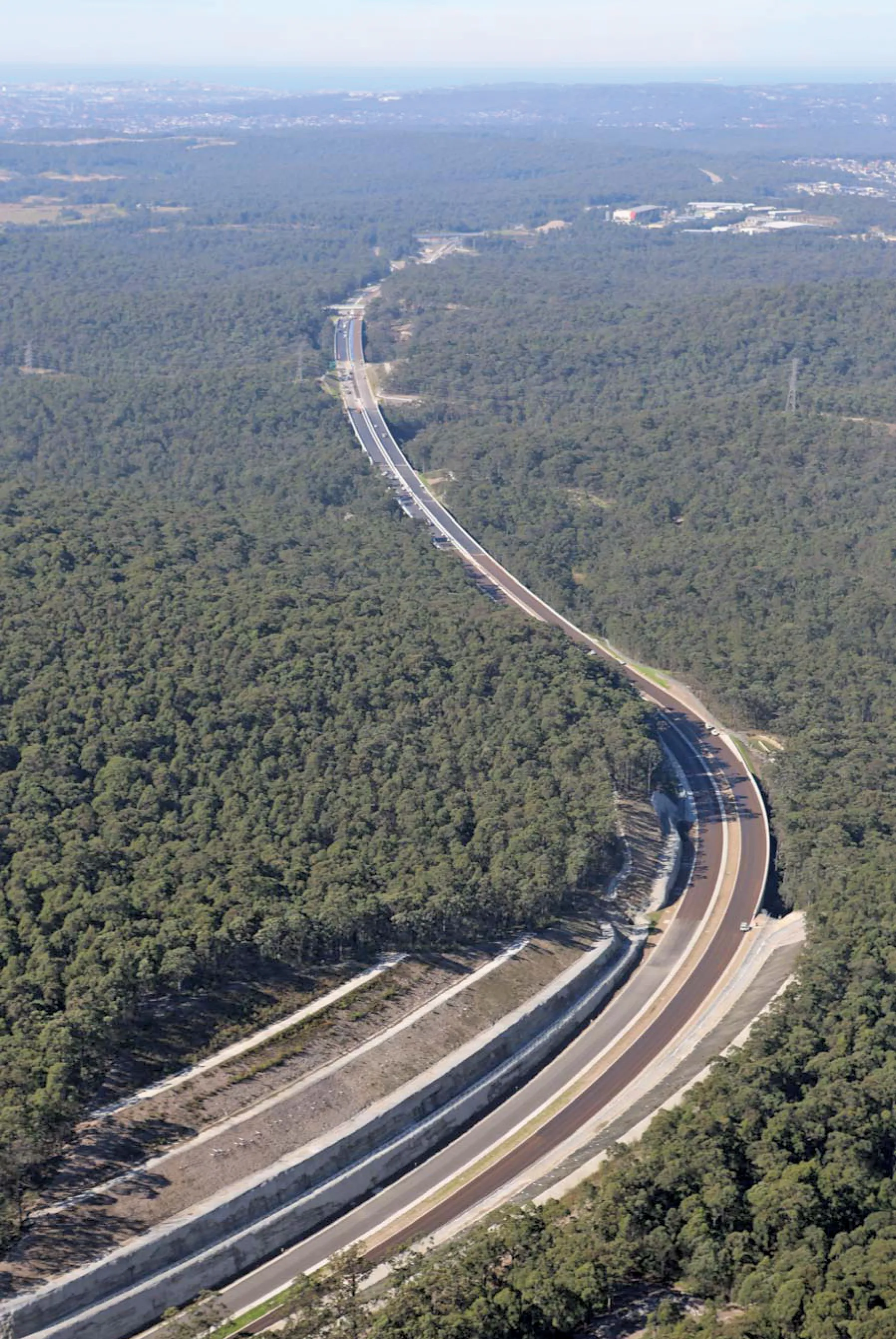Engineering specialist
The contract was awarded by the
The Lower Thames Crossing was proposed in 1989 in the Roads to Prosperity paper but this was then cancelled in the early 1990s. Three main options have been proposed in the past, all with locations to the east of the existing Queen Elizabeth Bridge. Two of these options would connect from an existing dual carriageway close to Tilbury on the north of the Thames and then take different routes to link with the A2/M2 to the south. One of these last options would also connect with the M20.
There are a range of factors to consider, including the fact that the routes would have to negotiate protected areas. The Lower Thames Crossing would also have to be designed so as not to impede flights to and from London City Airport. One of the earlier designs proposed the use of a concrete box girder bridge, which would feature a low profile and therefore not infringe on the flightpath for the airport. But the span required would have put the structure at the very limit of the technology available at the time using the concrete box girder bridge design. There were concerns over its structural strength, which were highlighted following a series of problems with wide span, concrete box girder bridges built along similar lines at the time. There were also criticisms that this comparatively cheap construction method would result in an ugly bridge that would be at odds with aesthetic sensitivities.
The design and construction techniques surrounding concrete box girder bridges have improved since the early 1990s and it seems feasible that such a structure featuring the required span might now be practical without sacrificing strength, capacity or design life. But it might still attract negative comment over its appearance and with approvals being a necessary part of its eventual construction, could well prove yet another barrier to the project. While cable-stayed bridges are favoured on grounds of aesthetics and also offer manageable costs if built along conventional lines, such a structure could intrude within the safety parameters for the flightpath into the airport. It was for this particular reason that the concrete box girder design was favoured over a cable-stayed alternative when the project was first put forward in the late 1980s. Another proposal has been to include the crossing as part of the proposed Thames Barrier but this may face further obstacles on various environmental grounds as well as cost issues.
Balancing all the factors for the project will be a complex task and AECOM is likely to put forward various options. At this stage however it seems likely that the concrete box girder option, however ugly, will be cheapest and simplest and with costs of any new transport connection under the spotlight due to the UK’s tough budgetary constraints, it will have a very strong case in its favour.
Bridge under discussion for UK’s River Thames
Engineering specialist AECOM will carry out a study into the proposed Lower Thames Crossing project in the UK.
June 19, 2012
Read time: 3 mins









